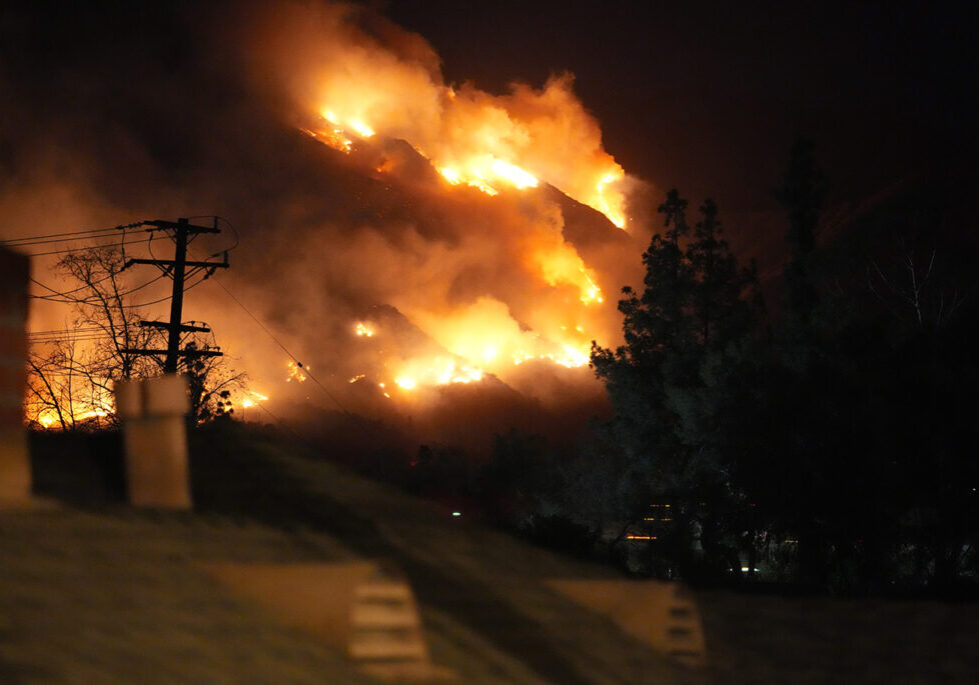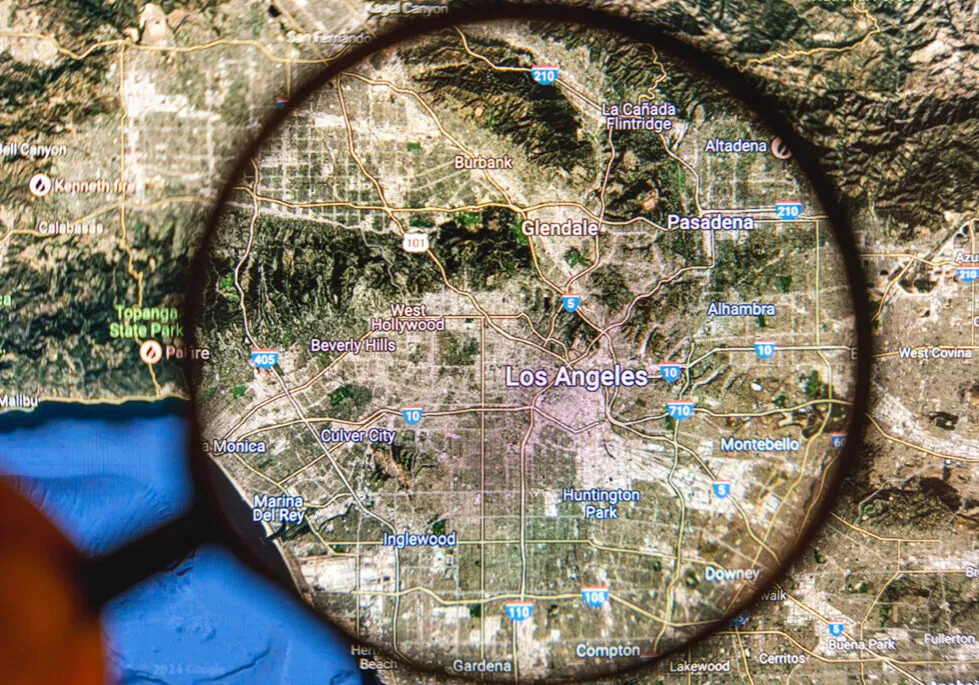The passengers on Knott’s Berry Farm’s Sol Spin ride expected thrills — but not the kind that left them stranded six stories in the air for over two hours. The malfunction, which required emergency response and hospitalization for two riders, adds to a concerning pattern of amusement park accidents across California and beyond.
These incidents extend beyond single rides. A recent Universal Studios Hollywood tram crash injured 15 people when the last car struck a metal guardrail during a turn. The California Highway Patrol reported that the impact caused the car to tilt, ejecting multiple passengers. While park officials noted the injuries were minor, the incident triggered a formal investigation and led to modified tour routes.
Perhaps the most sobering example comes from Orlando, where a family’s spring break turned tragic in March 2022. Their 14-year-old son fell 70 feet from the Orlando Free Fall ride at Icon Park, leading to a $310 million verdict against the ride’s manufacturer. The investigation revealed that a simple $660 additional safety feature — a seat belt — might have prevented the tragedy.
California’s Regulatory Framework for Theme Park Accidents
California maintains some of the nation’s most comprehensive amusement park safety regulations through the Division of Occupational Safety and Health (Cal/OSHA). The Permanent Amusement Ride (PAR) program creates distinct requirements for different types of attractions, recognizing that fixed-location theme parks, temporary fairgrounds, and water parks each present unique safety challenges.
Types of Attractions and Their Risks
California’s amusement industry includes permanent theme parks, traveling carnivals, and water parks — each with distinct safety challenges and regulatory requirements.
Major theme parks like Disneyland and Universal Studios operate under strict Cal/OSHA oversight, requiring certified safety engineers, daily inspections, and detailed maintenance records. A single documentation gap can trigger immediate ride closure.
Mobile attractions at county fairs face different challenges. Each new location requires complete safety inspections and structural certification. The constant transport and reassembly of these rides creates unique stress on components and demands rigorous safety protocols.
Water parks combine traditional ride safety concerns with additional risks. Beyond mechanical systems, these facilities must manage water quality, chemical balance, and specialized electrical safety measures.
Common Causes of California Amusement Park Accidents and Injuries
Recent California incidents highlight how amusement park accidents can occur in many ways. The Sol Spin malfunction at Knott’s Berry Farm revealed how mechanical failures can trap riders in dangerous positions. Meanwhile, the Universal Studios tram crash demonstrated that even basic transportation systems carry significant risks.
Common safety issues stem from:
- Mechanical failures in complex ride systems
- Transportation accidents during park tours and shuttles
- Environmental factors like high winds and extreme heat
- Crowd management challenges in queues and evacuation situations
California’s diverse climate creates additional challenges. Coastal parks battle corrosion from salt air, while inland locations face extreme temperature swings that affect equipment performance. These environmental stresses can accelerate wear on critical components and create additional safety risks for guests.
California Amusement Park Liability Laws: Who’s Responsible for Accidents?
California law recognizes the complex nature of amusement park operations through a multi-layered approach to liability. When accidents occur, multiple parties may bear responsibility based on their roles in the attraction’s design, operation, and maintenance. This complexity often requires extensive investigation to determine how various factors contributed to an incident.
Manufacturer Responsibility
Ride manufacturers bear significant liability for the inherent safety of their designs. Manufacturer’s duty extends beyond initial construction to providing comprehensive operating manuals, maintenance schedules, and safety updates throughout the equipment’s lifetime. The $310 million verdict in the Florida case demonstrated how seriously courts view manufacturer obligations, particularly when evidence shows that additional safety features could have prevented tragedy.
Operator Liability
Park operators must maintain stringent safety standards in daily operations. This includes proper staff training, adherence to manufacturer specifications, and maintaining clear safety warnings. California courts have consistently held that parks must go beyond minimum safety requirements, particularly when dealing with attractions that pose inherent risks.
The operator’s duty of care extends to all aspects of park operations. This includes maintaining safe walking surfaces, providing adequate lighting and signage, and ensuring proper crowd control. Parks must also maintain appropriate medical response capabilities and evacuation procedures for each attraction.
Maintenance Contractor Obligations
Third-party maintenance contractors share liability when their work affects ride safety. These contractors must meet specific certification requirements under California law and maintain detailed records of all work performed. Courts have held contractors liable in cases where improper maintenance or repairs contributed to accidents.
How California Theme Park Accident Investigations Work
The investigation process following an amusement park accident requires coordination among multiple agencies and experts. The California Highway Patrol often leads investigations involving park transportation incidents, while Cal/OSHA examines ride-related accidents. Private investigators and expert witnesses typically conduct parallel investigations for involved parties.
Evidence Preservation
Critical evidence in amusement park cases extends beyond the immediate accident scene. Investigators must secure:
- Maintenance records spanning months or years before the incident
- Staff training documentation and certification records
- Previous incident reports involving similar equipment
- Manufacturer bulletins and safety updates
- Video footage from multiple angles and time periods
- Environmental data including weather conditions
- Guest reports and witness statements
Filing an Amusement Park Negligence Lawsuit in California
The path to recovery after an amusement park accident requires understanding California’s specific legal framework for personal injury claims. The state’s two-year statute of limitations creates urgency for proper documentation and legal action. However, the complexity of these cases often requires extensive investigation before filing, making prompt action crucial.
Establishing Liability
California applies comparative negligence principles in personal injury cases. This means multiple parties may share responsibility for an accident, with liability assigned based on each party’s degree of fault. For example, a park may bear primary responsibility for poor maintenance while a manufacturer shares liability for design flaws.
Insurance coverage in amusement park cases often involves multiple policies. Primary liability policies, excess coverage, and specific ride insurance may all come into play. Understanding these coverage layers helps determine potential recovery sources and influences settlement strategies.
Types of Recoverable Damages
California law permits accident victims to seek various forms of compensation. Medical expenses form the foundation of most claims, including both immediate treatment and long-term care needs. When injuries result in ongoing disability or require future medical care, economic experts help project these costs accurately.
Lost income claims extend beyond immediate wage loss to include diminished earning capacity. For victims whose injuries prevent returning to their previous occupation, vocational experts can assess the long-term financial impact and future earnings loss.
Non-economic damages recognize the human cost of serious injuries. Physical pain, emotional distress, and loss of life enjoyment represent significant components of many claims. California places no cap on these damages in most personal injury cases, allowing full compensation for the accident’s impact on victims’ lives.
What to Do After an Amusement Park Injury in California
Success in amusement park injury claims often depends on actions taken immediately after an accident. Prompt medical attention serves both health and legal purposes, creating crucial documentation of injuries and treatment needs. Reporting the incident to park management initiates official documentation, but victims should avoid giving recorded statements without legal representation.
Building a Strong Case
Effective case development requires a systematic approach to gathering and preserving evidence. This includes:
- Medical Documentation: Creating a clear record of injuries, treatment, and prognosis through qualified healthcare providers who understand the documentation requirements for legal claims.
- Incident Documentation: Securing official reports, witness information, and any available video footage before it becomes unavailable.
- Expert Analysis: Engaging qualified experts early to examine technical aspects of the accident, from engineering failures to safety protocol breaches.
Finding a California Amusement Park Injury Lawyer
At Penney & Associates, we understand the devastating impact of amusement park accidents on victims and their families. Our experience handling complex injury cases includes extensive work with accident reconstruction experts, safety engineers, and medical professionals who help establish liability and document damages.
Our team provides comprehensive support throughout the legal process, from initial investigation through resolution. We work to secure fair compensation while handling the complex legal and technical aspects of your case, allowing you to focus on recovery.
Contact our office to arrange a free consultation about your case. We’ll evaluate your situation, explain your legal options, and help you understand the path forward to securing the compensation you deserve.
Read More
LA Wildfire Damage Claims: Legal Questions and Answers for Fire Victims
Why Hiring the Right Lawyer Saves Money in the Face of Inflation
Filing a Wrongful Death Claim in California: What to Keep in Mind



